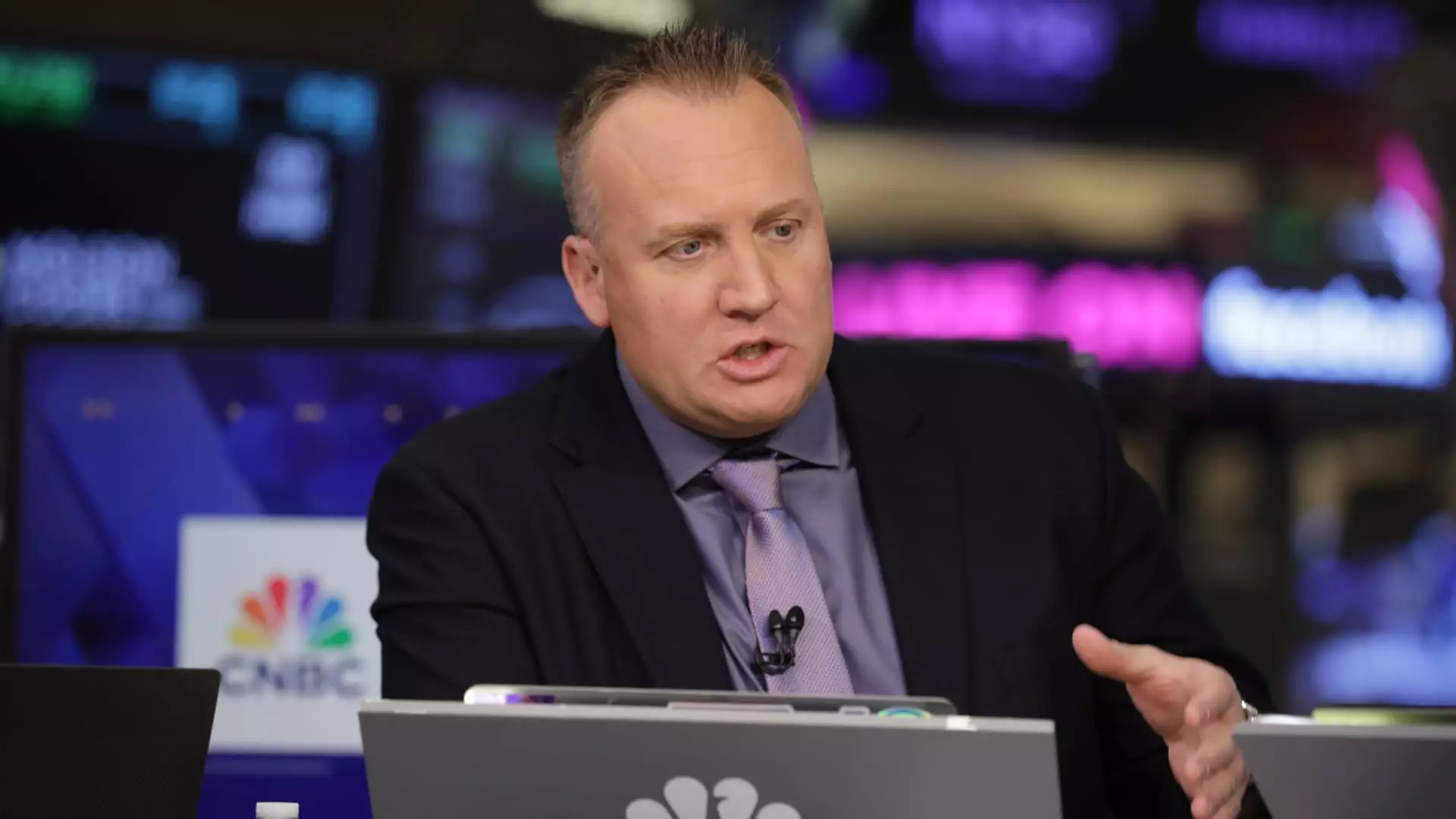For years, investors have fixated on the possibility of Fed rate cuts as the ultimate catalyst for bullish markets. The narrative is almost addictive: once the Federal Reserve signals or announces a reduction in interest rates, stocks are expected to surge, realigning valuations and boosting confidence. However, this way of thinking is fundamentally flawed and dangerously shortsighted. The reality is that the obsession with rate cuts is a distraction from the true drivers of economic growth and market stability.
In early 2025, the market appears to be pinning hopes on a reduction in interest rates sometime in the coming months. Yet, this expectation ignores the complex realities facing the economy. When the financial sector, policymakers, and investors focus primarily on rate cuts as a magic wand, they overlook the critical question: what does it truly mean for the economy if rates are lowered? More often than not, it signals an underlying weakness—an attempt to stave off recession or counteract a slowdown that is already well underway.
Furthermore, the emphasis on rate cuts clouds the reality that monetary policy should be subordinate to genuine economic fundamentals, not vice versa. The idea that cutting rates guarantees a market rebound assumes a simplistic cause-and-effect relationship that ignores current inflation pressures, wage dynamics, and technological shifts. It’s akin to trying to fix the engine of a car while ignoring that the engine itself is running rough because of fundamental design flaws.
The Market’s Misguided Focus on Policy Easing
While traders and Wall Street strategists debate the timing and extent of interest rate cuts, genuine wealth creation is being driven elsewhere—by innovation, productivity, and strategic investment. The recent rally in certain stocks, notably within the so-called “Magnificent Seven” tech giants, exemplifies this. Instead of fixating on what the Fed might do with rates, analysts should be scrutinizing what these companies are doing that truly matters: capital expenditures, technological advancements, and their own internal growth engines.
Take Nvidia, for example. Its meteoric rise to a $4 trillion valuation wasn’t driven solely by interest rate expectations but by its dominance in artificial intelligence and semiconductor innovation. These technological shifts are shaping the future and creating genuine value. Amazon’s cloud arm, AWS, is another illustration of a company whose future potential shouldn’t be dismissed by short-term rate speculation. As Brown pointed out, AWS is poised to remain a cornerstone in the AI decade; yet, this core strength is often overlooked because investors are distracted by the optimism—or pessimism—about rate moves.
The obsession with rate cuts also obscures the real question: are current interest rates unnecessarily too high? Brown identified that rates are “probably too high,” but the focus has shifted primarily to the timing of cuts rather than considering whether those rates are appropriate for sustainable growth. This misplaced focus encourages a speculative mindset that ignores structural improvements or setbacks within the economy.
The Politics and Psychology of Rate Expectations
Predictions about rate cuts don’t arise in a vacuum; they are influenced heavily by market psychology and political narratives. The data suggests that the Fed is somewhat divided about how to proceed, with officials debating the necessity and scope of any easing. Yet, market participants tend to extrapolate these debates into certainty, creating a feedback loop where expectations become self-fulfilling.
This dynamic reveals a deeper issue: markets often chase after easy monetary solutions rather than addressing their underlying causes. While monetary easing might temporarily prop up asset prices, it doesn’t resolve deeper economic issues such as productivity stagnation or geopolitical uncertainty. Instead, it creates a false sense of security that the Fed’s actions are the primary lever for economic health.
This mindset risks fostering complacency, which could ultimately set the stage for sharper corrections when reality finally catches up. If investors rely solely on rate cuts as their safety net, they are ignoring the importance of fiscal responsibility, innovation, and structural reforms. The market’s true resilience will depend less on what the Fed does and more on how companies reinvent themselves and how policymakers support sustainable growth.
Rethinking Investment Values in a Higher Rate Environment
Instead of obsessing over potential rate cuts, investors should recalibrate their focus toward fundamental value creation. Companies that prioritize innovation, strategic capital allocation, and long-term growth prospects will outperform regardless of the Fed’s actions. Brown emphasized the importance of examining capital expenditures—the real engines behind earnings growth—rather than chasing the next rate cut.
In particular, the technology sector exemplifies the type of investment that can thrive even if rates climb or remain elevated. Amazon, with its cloud dominance and AI ambitions, demonstrates that long-term potential isn’t limited by short-term monetary policy. Investors should question whether stocks are undervalued because of their current technical or macroeconomic environment or because they have overlooked the structural shifts shaping the economy.
History shows that markets are rarely driven by monetary policy alone. They are influenced much more by technological innovation, demographics, and productivity improvements. When investors fixate superficially on rate moves, they risk missing these critical signals. The intelligent investor recognizes that true value is found in companies’ ability to adapt, innovate, and lead during periods of both high and low interest rates.
—
In sum, Wall Street’s fixation on a future rate cut is less an investment strategy and more a form of collective denial. It distracts from the real sources of growth and stability, encouraging complacency rather than resilience. For those willing to look beyond the short-term noise, the future belongs to strategic, innovative companies that can thrive regardless of the Fed’s policies. It’s time for investors to abandon the myth of easy monetary salvation and embrace a more nuanced, fundamentals-driven approach to wealth creation.

